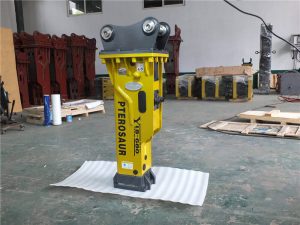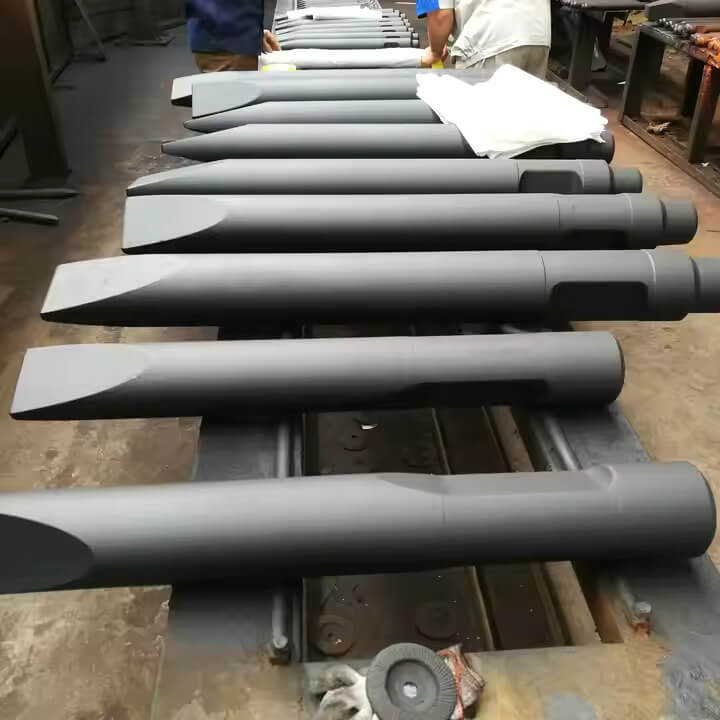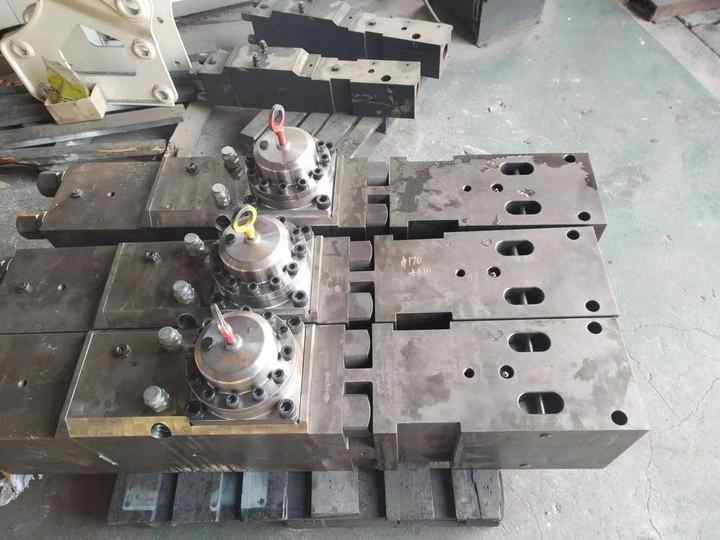Understanding Circuit Breaker Specifications
Circuit breakers are essential devices in electrical systems, providing protection against overcurrent conditions and ensuring safety in residential, commercial, and industrial applications. To select the appropriate circuit breaker, one must understand its specifications and ratings. This article outlines the key specifications of circuit breakers, helping you make informed decisions.
Key Specifications of Circuit Breakers
-
Voltage Rating: This is the highest RMS voltage for which the circuit breaker is designed. It is crucial to select a breaker that matches the voltage of your electrical system to ensure safe operation.
-
Frequency Rating: This specification indicates the operating frequency of the breaker. Most residential systems operate at either 50 or 60 Hz, and using a breaker with the correct frequency is vital for proper functioning.
-
Continuous Current Rating: This rating denotes the maximum current that the breaker can handle continuously without tripping. It is essential for ensuring that the breaker can manage the normal load of your electrical system without unnecessary interruptions.
-
Breaking Capacity: This is the maximum fault current that the circuit breaker can interrupt without being damaged. Understanding the breaking capacity is crucial for protecting your electrical system during fault conditions.
-
Making Capacity: This specification defines the maximum fault current that the breaker can close onto without failing. It is important to ensure that the breaker can handle potential fault conditions when initially energized.
-
Operating Sequence: This refers to the order of operations during a fault condition. Different circuit breakers may have specific operating sequences that affect their performance and reliability.
Selecting the Right Circuit Breaker
Choosing the correct circuit breaker involves understanding these specifications in relation to your specific electrical needs. For residential applications, it is vital to consider the load centers and the total load to ensure that the selected breaker can adequately protect the circuit.
Types of Circuit Breakers
-
Miniature Circuit Breakers (MCBs): These are designed for low voltage applications and are commonly used in residential wiring. MCBs are rated for various continuous currents (e.g., 6A, 10A, 16A, etc.) and are available with different tripping characteristics (e.g., B Curve, C Curve).
-
Residual Current Circuit Breakers (RCCBs): These breakers provide protection against earth faults and are essential for safeguarding against electric shock.
-
Hydraulic Breakers: These are used in heavy machinery applications and have specific specifications tailored for high-impact operations.
Conclusion
Understanding circuit breaker specifications is fundamental for ensuring the safety and reliability of your electrical system. By familiarizing yourself with key ratings such as voltage, frequency, and current capacities, you can select the right circuit breaker that meets your needs. Always consult manufacturer guidelines and consider professional advice when making your selection to protect your home or business effectively.




































